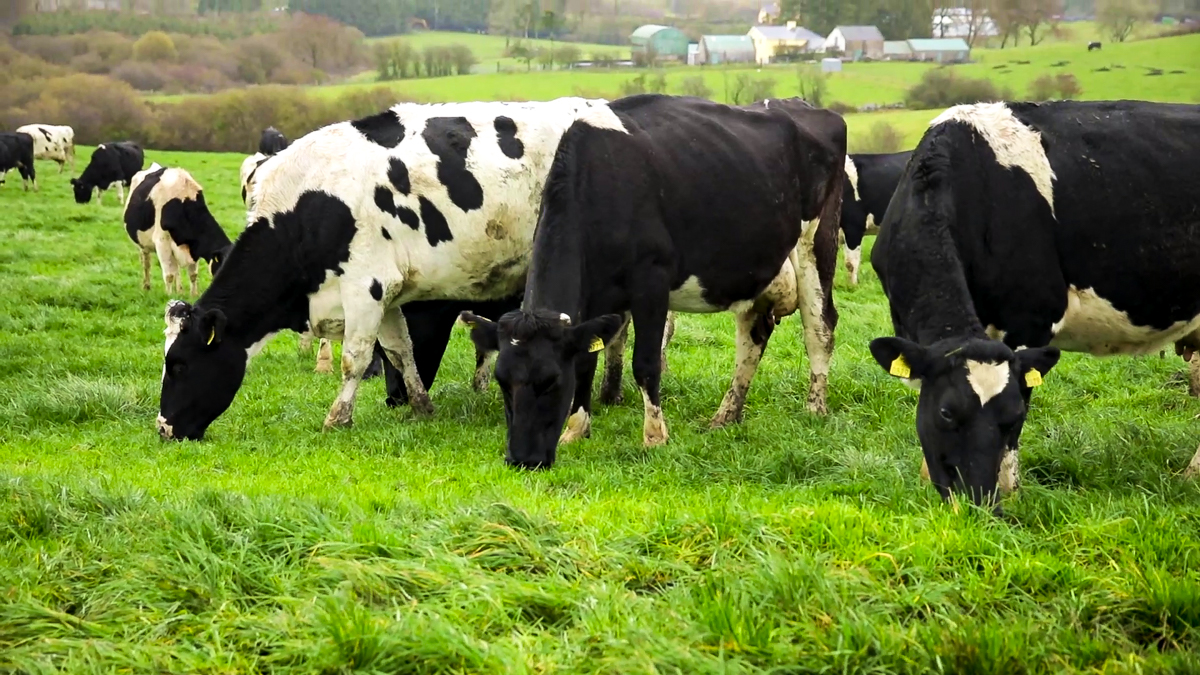Although it has been a late starting spring, with colder than normal temperatures and poor grass growth, the majority of dairy herds are now grazing day and night – so now is a good time for the farmer of an autumn-calving herd to assess how their breeding season has gone.
Now is a good time to take stock of the breeding season – since the majority of cows should now be back in-calf.
Conception rates in autumn-calving cows
Cows can be scanned from around 28 days after service. The majority of cows in autumn-calving herds should now be in-calf and a quick analysis of service records can help to establish the conception rate of the herd.
Conception rate is simply the number of cows confirmed in-calf over the total number of services conducted by either artificial insemination (AI) or natural service.
Conception rates vary widely between herds, but with widespread use of positive fertility bulls, together with good nutritional management, conception rates are tending to increase again.
Milk pregnancy testing
While many farmers don’t conduct a second pregnancy diagnosis / scanning at 80-100 days post service, milk pregnancy testing could be used as an alterative.
The early test is used from 28 days after AI to identify non-pregnant cows as early as possible, so the cow can be re-inseminated quickly.
The confirmation test helps to detect the small proportion of cows with early foetal loss at 45 to 90 days, that would otherwise be assumed to still be in-calf.
The pre dry-off test is used in late gestation to avoid drying off a non-pregnant cow in anticipation of calving.
Stock bulls
While running a bull with cows helps to sweep up late calving cows and repeat breeders, it is important to set a date for his removal each year.
For compact calving, bulls should be removed to tighten up the calving pattern and avoiding cows calving late.
